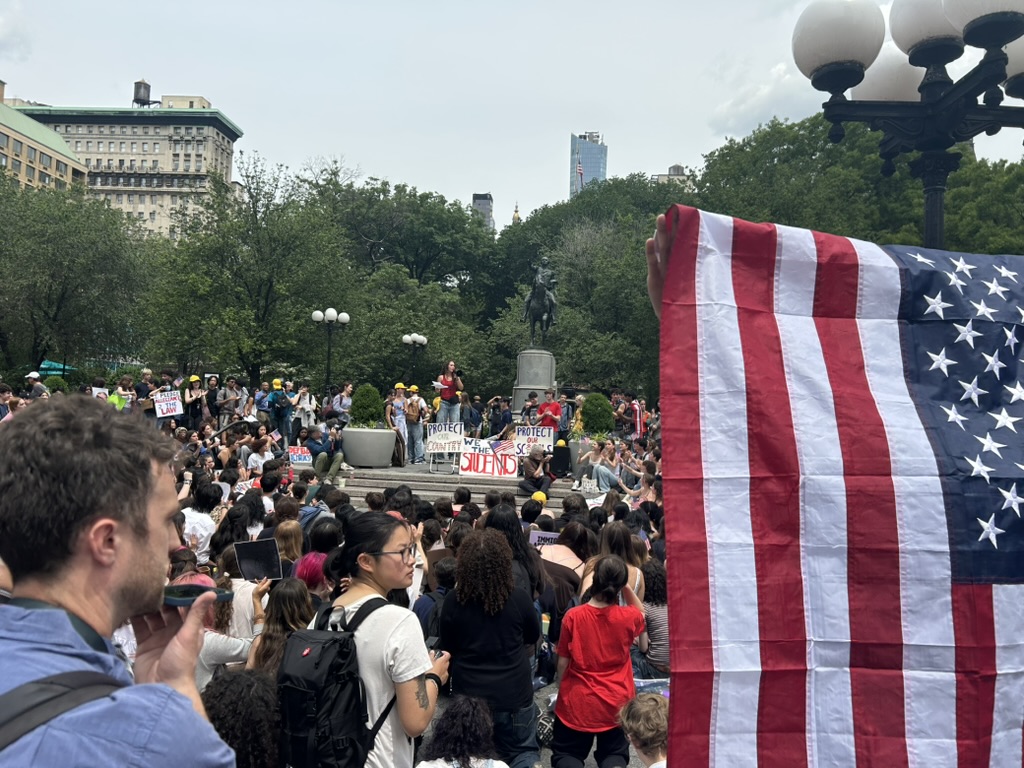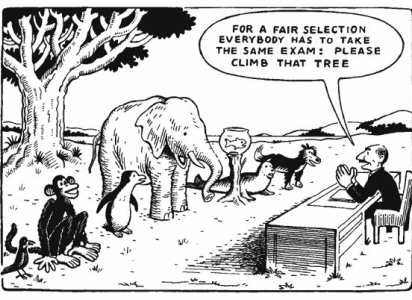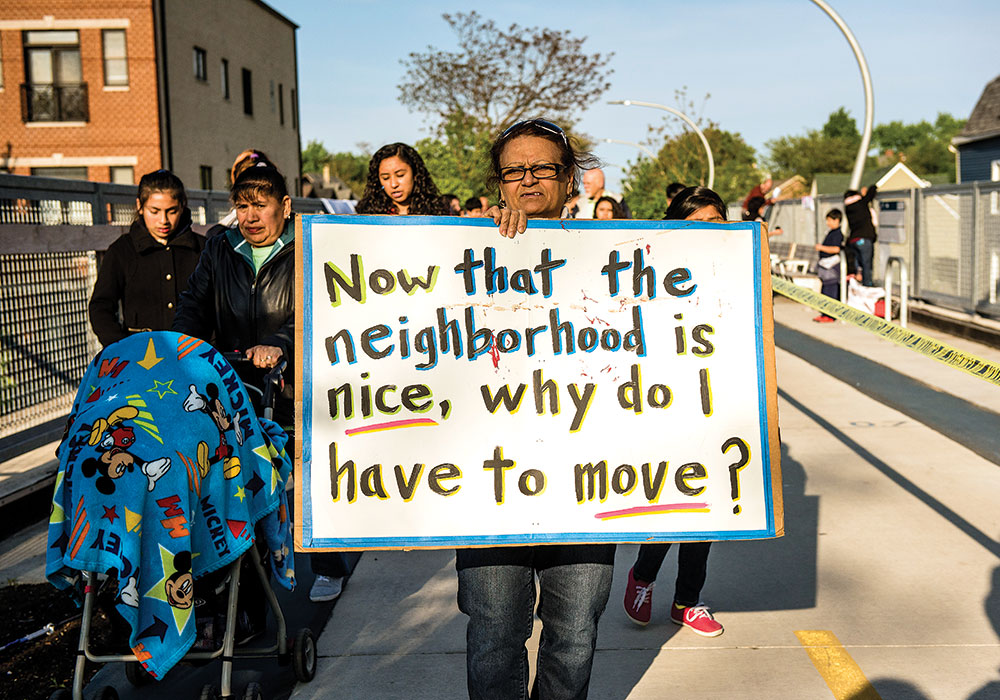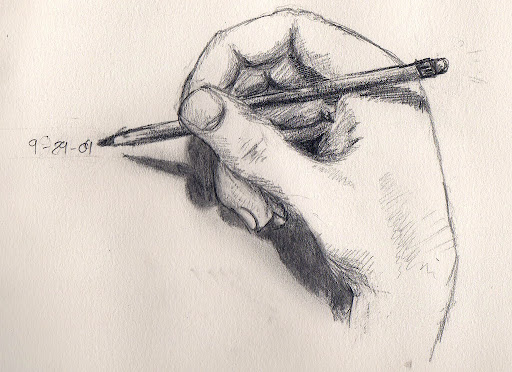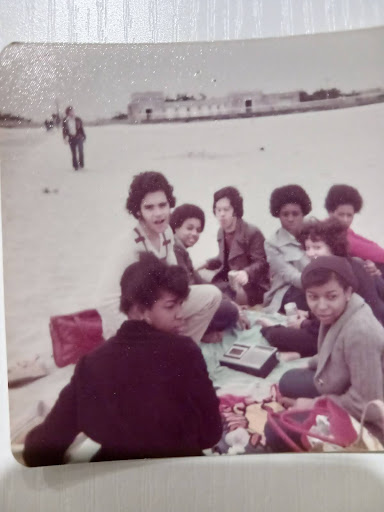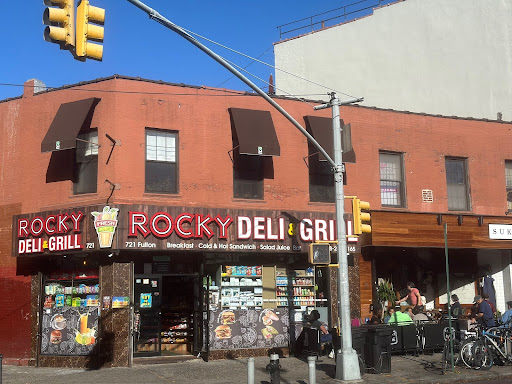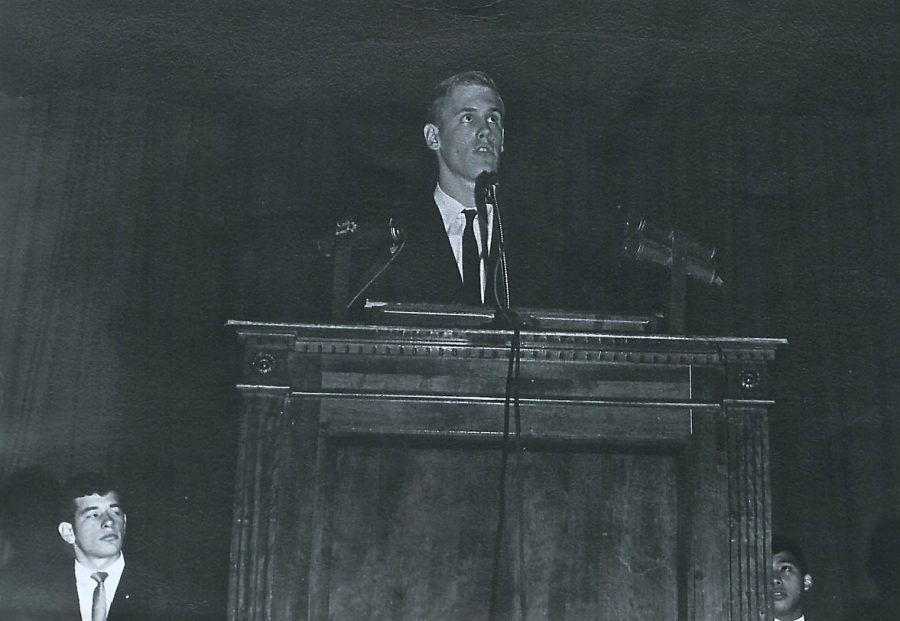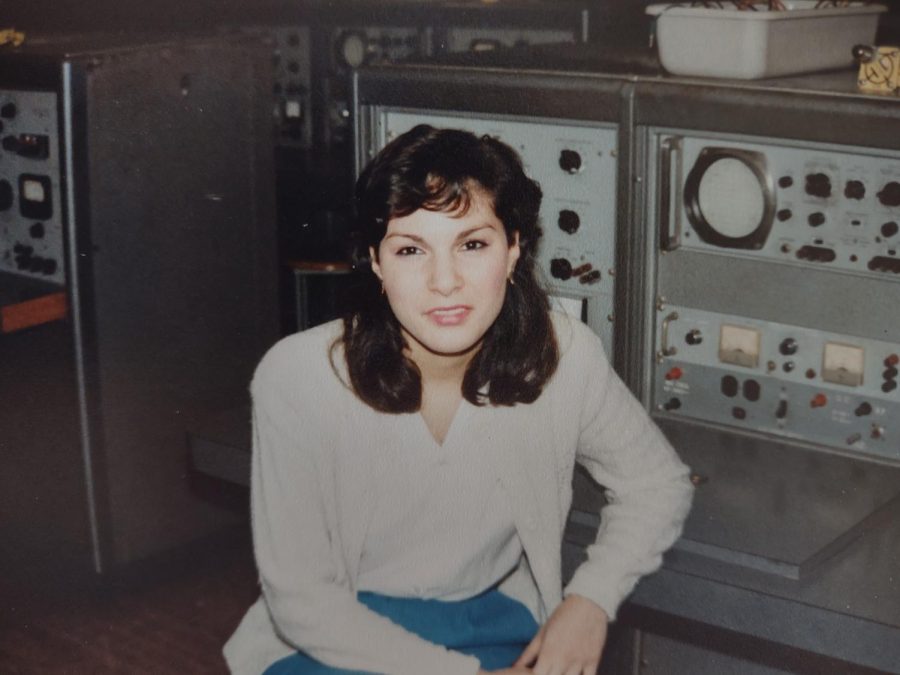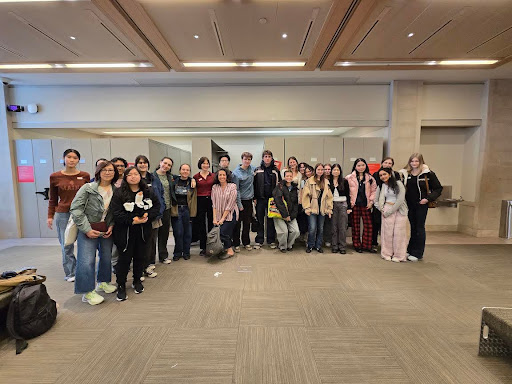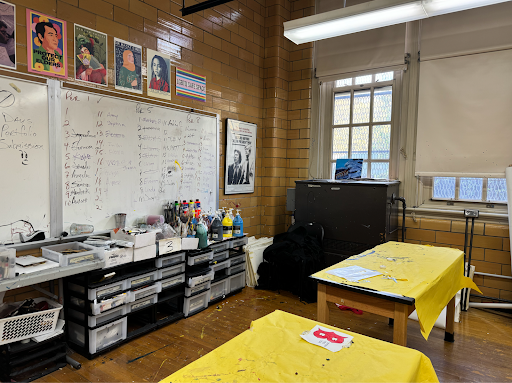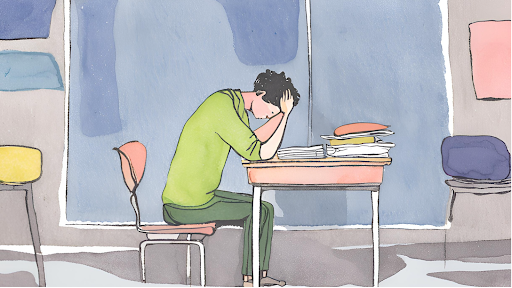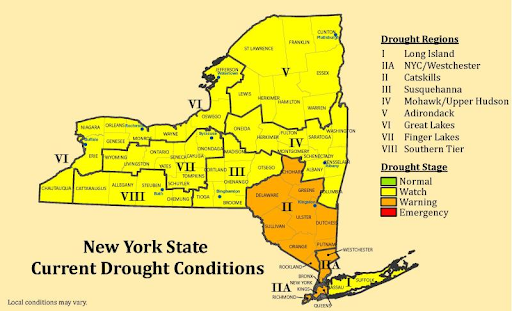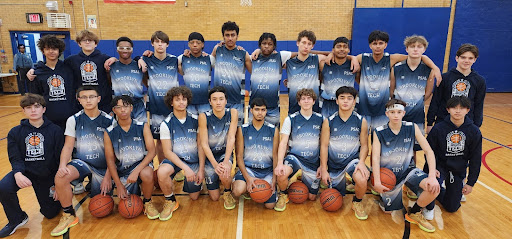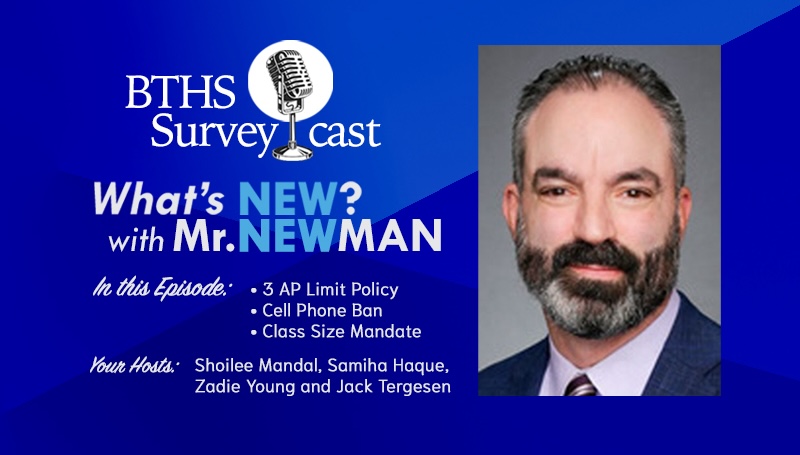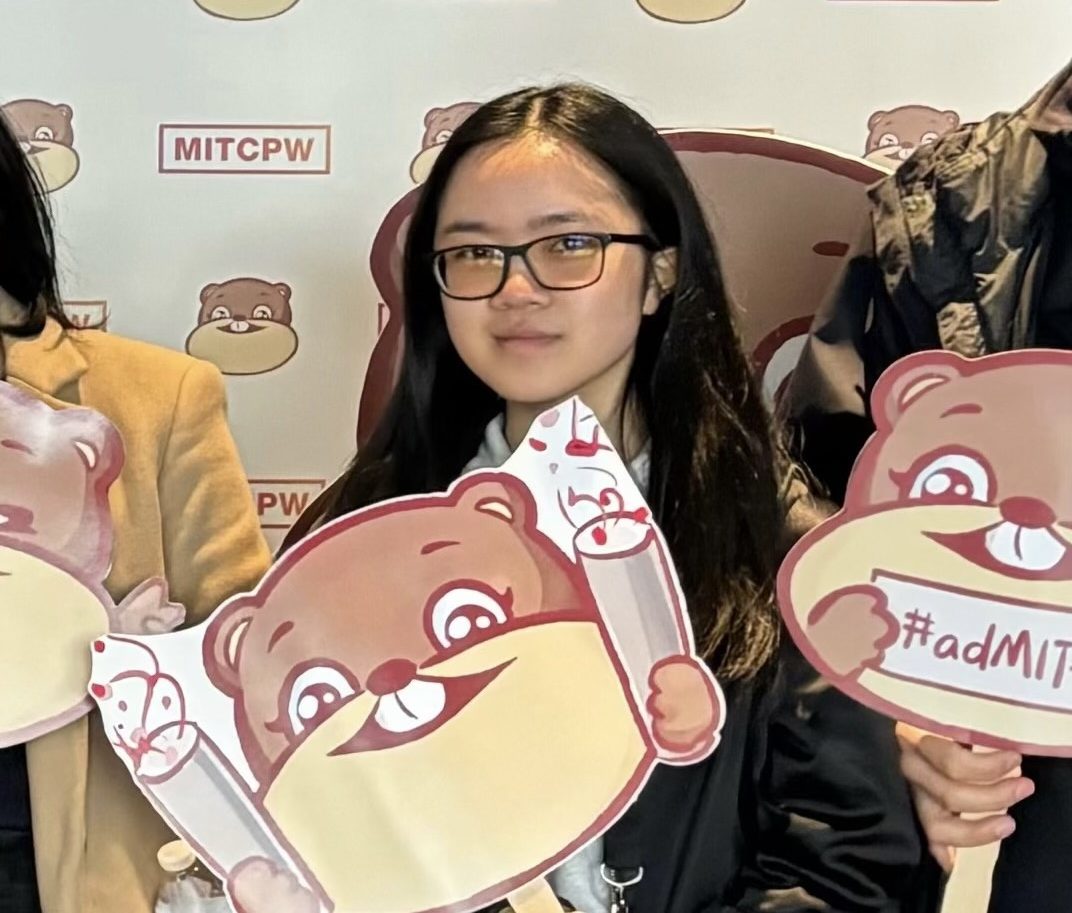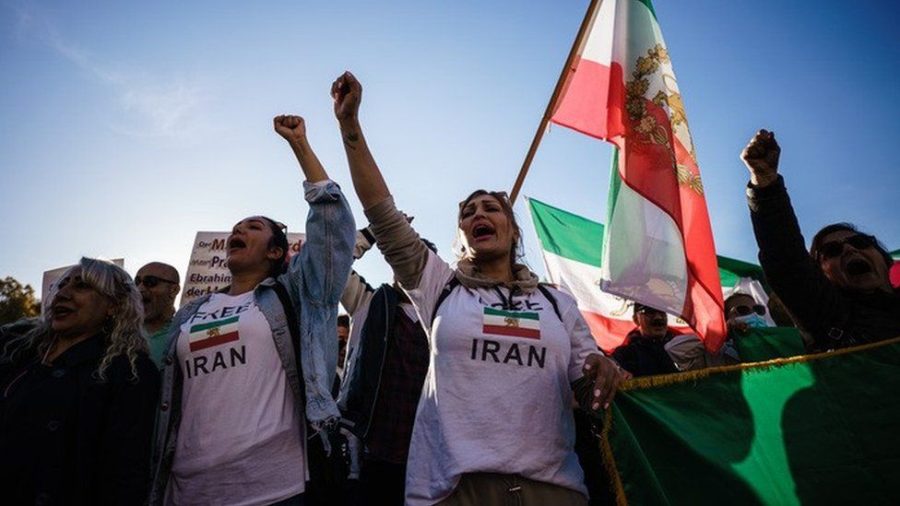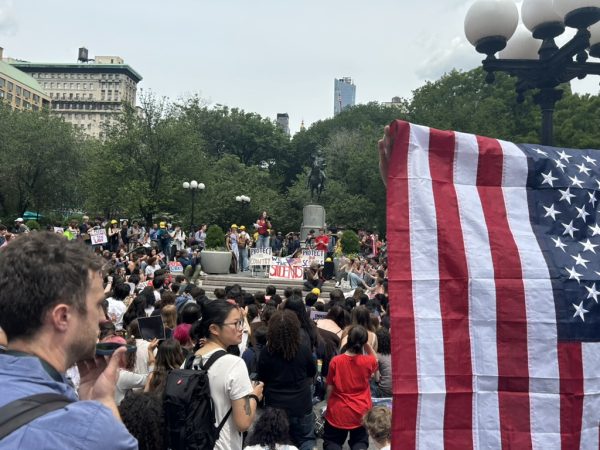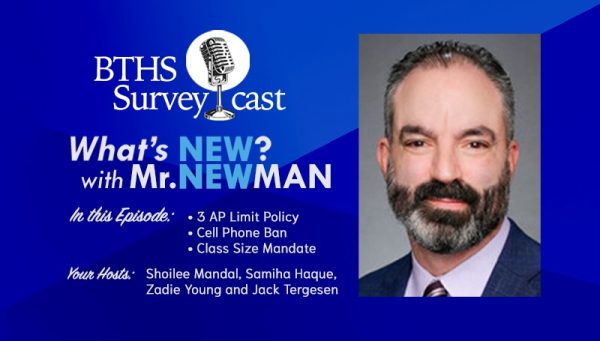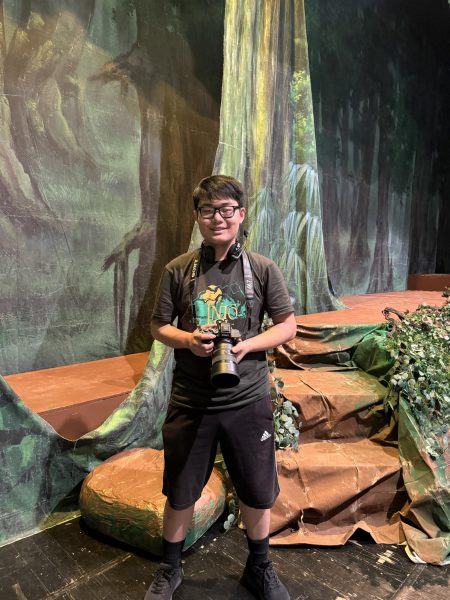Protests in Iran: How Should Current Events be Taught in the Classroom?
In September of 2022, 22-year-old Mahsa Amini died at the hands of Iran’s ‘morality police,’ causing civil unrest and female-led protests to break out across the nation, in opposition to the country’s morality laws. The protests were incited by the release of a video on social media of Amini fainting in police custody, and young Iranian women headed the movement.
The morality police, officially known as the Guidance Patrol, is a branch of the government dedicated to enforcing the morality laws in Iran. The laws require women to wear hijabs and modest clothing and have historically been brutally enforced. The Guidance Patrol frequently arrests women at will and detains them in poor conditions. Amini’s death, which eyewitnesses say was due to beatings by Guidance Police, sparked the current protests, beginning with women ripping off their hijabs at her funeral in solidarity. The protests have continued since September 16, 2022. According to data from human rights activists in Iran, government crackdowns have since resulted in the deaths of an estimated 451 protesters and the detainment of 18,000.
The pushback has been a successful deterrent, as the protests have since died down. Iran’s government also agreed to disband the Guidance Patrol, albeit keeping the hijab law on the books. The movement has lost its original steam and fervor, but it has certainly not ceased, and neither has the Iranian government’s oppressive nature towards women.
While New York City seems extremely far from Iran, both geographically and culturally, the effects of the protests are felt across the city, by Iranian New Yorkers and allies alike. One hundred protesters gathered in front of the Iranian ambassador to the United Nations’ home demanding justice only two months ago. The struggles of Iranian women are tightly connected to the struggles of their counterparts in Afghanistan, Mexico, Saudi Arabia and the US. Young women leading the movement are an example of fighting back that is crucial to the fourth wave feminist movement.
However, the protests have rarely been discussed in Tech classrooms, and have almost entirely faded from public recognition and classroom discussions.
Mr. Alan Barbour has taught AP Comparative Government, a course that includes case studies of six governments, including Iran. He said, “ I think it’s important because, you know, one of the things I talk about in my classes is the role of citizens and how they influence their government. Here’s a clear case where the people are protesting their government and the government isn’t responding to them, and we can see how that plays out.”
However, there seems to be a disconnect between students and the events in Iran. In a poll with 130 respondents, 32% of students stated that they had no knowledge of the events in Iran.
Sophomore Rowan Benda, whose family is from Iran, said that while the protests don’t personally affect him, he is “glad people are standing up for a better future.”
The importance of educating students about Iran is not lost on Assistant Principal of Social Studies Dr. Judith Jeremie, especially considering Tech’s size and diversity. “It’s still important, even if it’s really hard. As an AP World teacher, it is mind-numbing how much content we have to go through, and I think that I would not be doing justice if I was not helping students prepare,” she said.
She added, “We are such a big school, with not only diverse needs and backgrounds but also we’re going into diverse fields. I would love to know that we graduated Tech people, mathematicians, lawyers, and scientists who know how to engage with current events and the current world. I really hope that our students leave being really good citizens.”
Although there is an effort to nurture good citizenship and political education, there is still a long road ahead, and there is room for the inclusion of youth-led movements in core curriculums.
It has been months since the original protests in Iran, but it is doubtless that the movement will continue. The Iranian protests are a pertinent example of civil conflict where young people are leading the way–a sure lesson to teenagers across the world that they can accomplish change.

Kai Arrowood (he/him) is the Editor-in-Chief. Kai has always found that journalism is a driving force...

